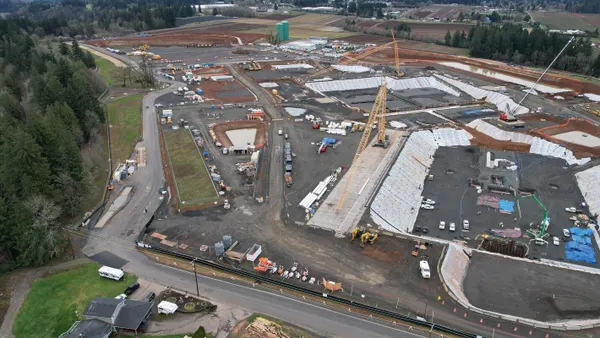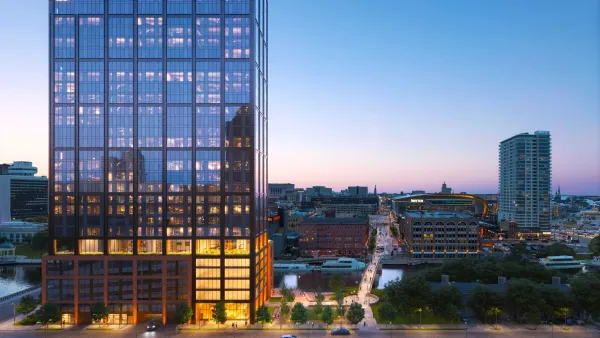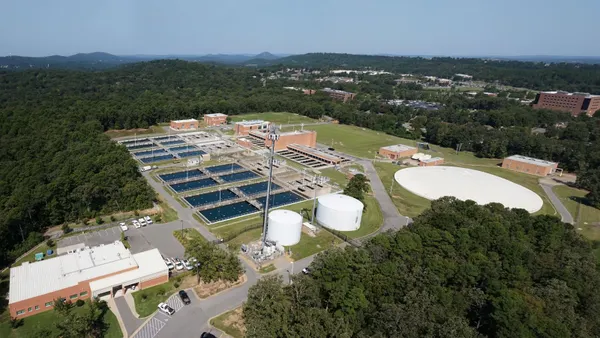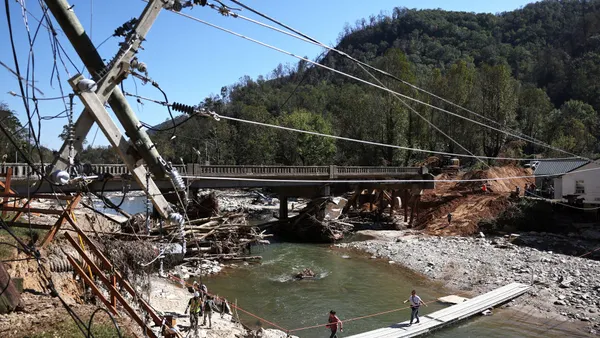Dive Brief:
-
BRE Global announced this week that it customized its BREEAM International New Construction standard for use in the U.S. The move should streamline U.S.-based BREEAM certifications and help the organization expand its presence in this country. The United Kingdom-based BRE rolled out its In-Use standard in the U.S. in 2016.
-
The "Americanized" version of the standard was developed in partnership with design and engineering firm HOK and includes adaptations that take into consideration the variations in building codes, best practices and industry standards from region to region across the country.
-
The new U.S. standard, which has spent the last year in development, also provides for the certification of "non-standard" buildings with uncommon configurations or in unusual locations.
Dive Insight:
BRE first announced its collaboration with HOK to develop the new construction standard last June. As a component of the partnership, HOK piloted the new program with some of its existing clients.
According to BRE, BREEAM has more certifications than any other green building rating system in the world, and, since the summer of 2016, has been utilized in the U.S. market. The organization began its U.S. certification business with its In-Use standard, which allows owners of existing buildings to do a sustainability self-assessment and then provides them with information on how to address any issues they find or how to improve green aspects of their buildings.
Earlier this month, BRE announced an update to the In-Use standard — an assessment and certification process for existing U.S. residential and multifamily properties. Previously, the In-Use certification was available only for commercial properties. The first U.S. project to be certified under the In-Use standard was The Oaks mall in Thousand Oaks, California, after the owners of the property gave it a green facelift consisting of features like solar panels, LED lighting, a new and more efficient HVAC system and a mixed recycling system.
LEED probably still is the green certification that U.S. developers and contractors think of first when determining sustainability goals for a project but, in addition to BREEAM, there are other green certifications that are gaining traction.
For instance, Green Building Initiative’s (GBI) Green Globes program certified more than 1,300 buildings as of the end of 2018. The system was first based on the 1996 BREEAM Canada standard and developed from there. Like BREEAM, Green Globes certification starts with a self-assessment, with a score based on factors like energy performance, project management and emissions. After the building's score is evaluated by a third party, GBI provides guidance for owners on how to help their buildings live up to their green potential.












